ExperienceAugmented
Reality
Reality
Learn Faster Better Bigger
Crafting Captivating Augmented Reality Experiences
We excel in crafting captivating App-based Augmented Reality (Native AR) and Web-based Augmented Reality (Web AR) Experiences for education and training. Let our expert developers bring your virtual ideas to life like never before.
Benefits
Visualizing concepts
AR allows students to visualize abstract and complex subjects in 3D, making it easier to understand and retain information.
Interactive textbooks
AR can enhance traditional textbooks by overlaying digital content, such as videos, 3D models, or interactive quizzes, directly onto the pages.
Training simulations
In vocational and technical education, AR can be used for simulations in fields like medicine, engineering, aviation, and automotive training, providing learners with realistic scenarios to practice and improve their skills.
Collaborative learning
AR can enable group activities and collaborative problem-solving, encouraging teamwork and communication among students.
WebXR Supported Browsers

Samsung Browser

Safari

Mozilla Firefox

Microsoft Edge

Google Chrome
Nudle industry-leading team of experts can develop & deploy App-less Extended Reality Experiences and bring your virtual education ideas to life.
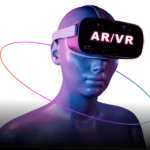
Greater Accessibility
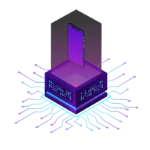
Cross-Platform Compatibility

Seamless Integration with LMS
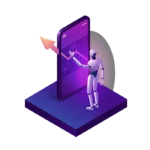
Broader Reach
Marker-based Augmented Reality
Marker-based AR experience requires identification of markers/user-defined images to function. It requires a marker to activate an augmented reality experience. Markers are distinct patterns that cameras can easily recognize and process, and are visually independent of the environment around them. These apps work best when augmentations are tied to a specific object
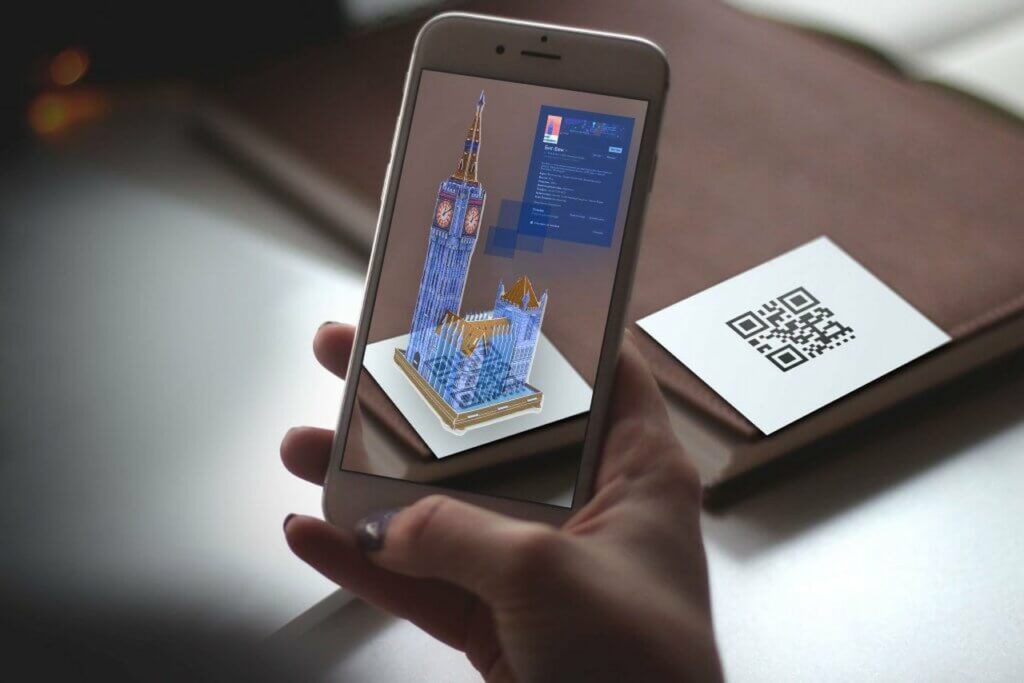
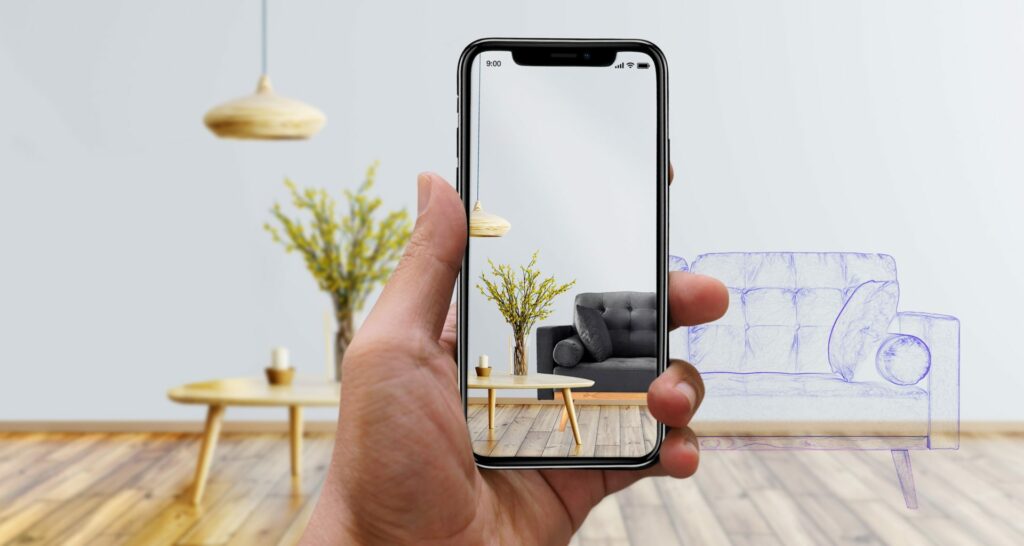
Marker-less Augmented Reality
Marker-less AR offers the most control to the user as it allows the user to choose where they would like to place the content. It also allows real-life scale placement of the virtual augmented objects. These AR experiences are highly reliant on smart phone features such as sensors, camera, and processors.
Location-based AR
To create and position a believable AR model without using any markers, apps use GPS and built-in sensors, as well as complex scene and object recognition algorithms. This type is used when augmentations are supposed to adapt to various locations and, for instance, like accurately position a furniture piece in a room.
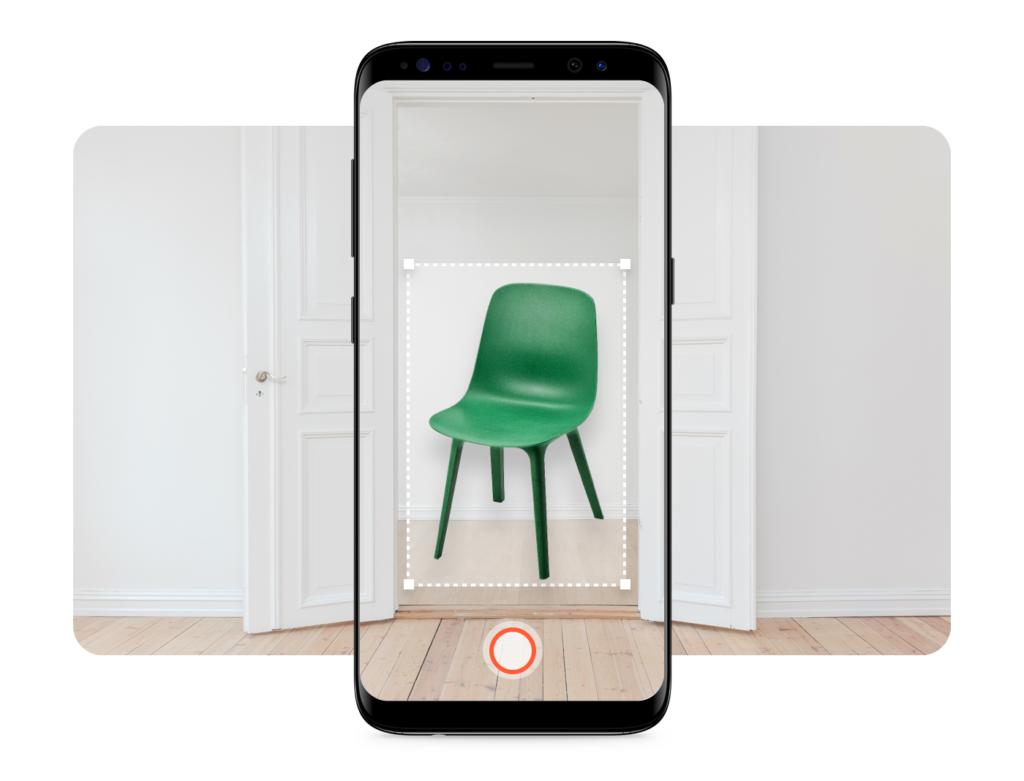




When XR technology meets education, it has the potential to be a win-win situation.
Extended Reality?
Extended reality (XR): an umbrella term that covers all these different technologies, including AR, MR, and VR.
?
VR technology creates completely simulated environments.
AR technology superimposes elements like text, sounds, or visuals on existing real-world environments.
MR technology merges real and virtual worlds where physical and digital objects can interact.
See Nudle XR products in action
Book your FREE Nudle XR demonstration today!

